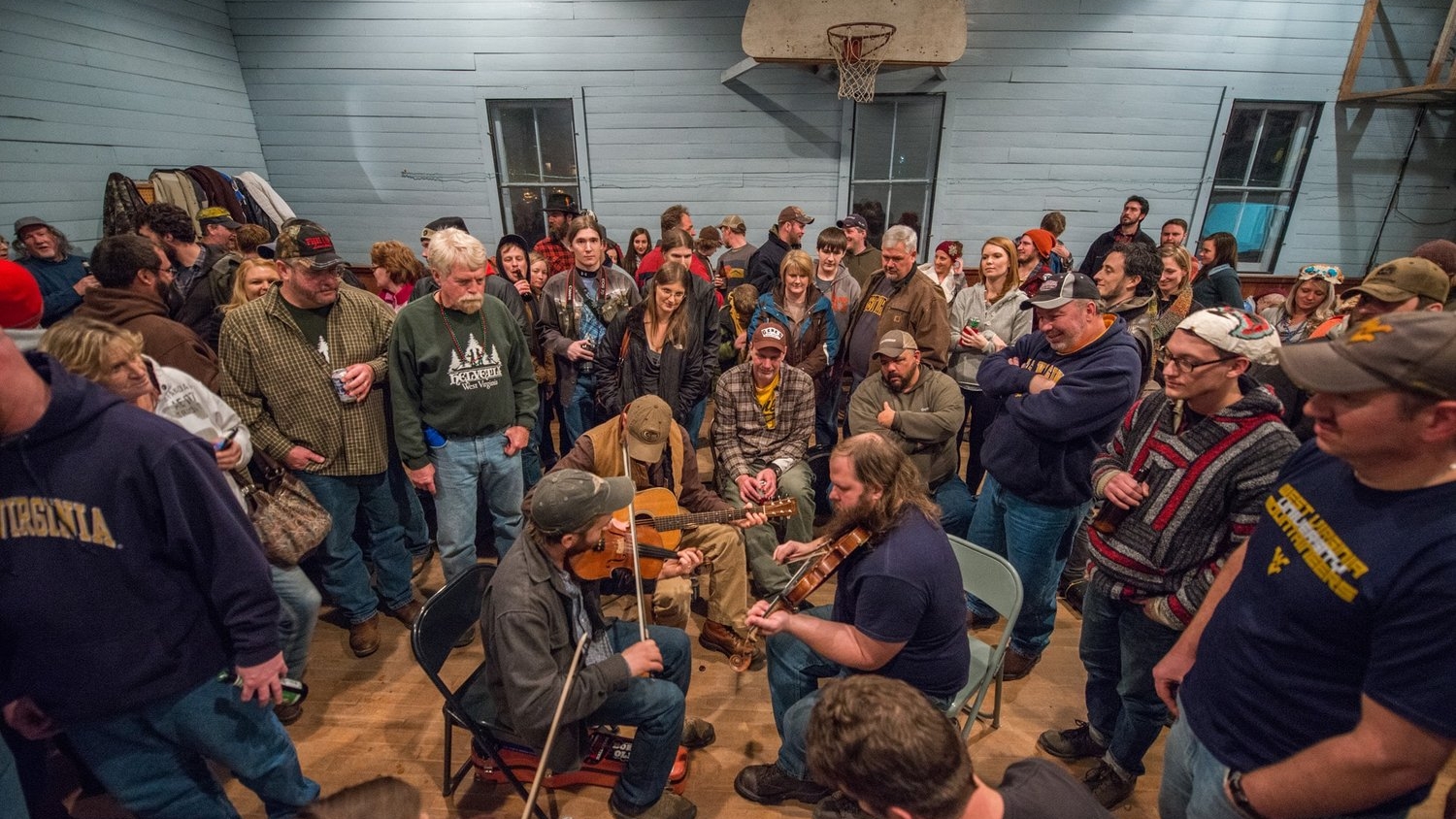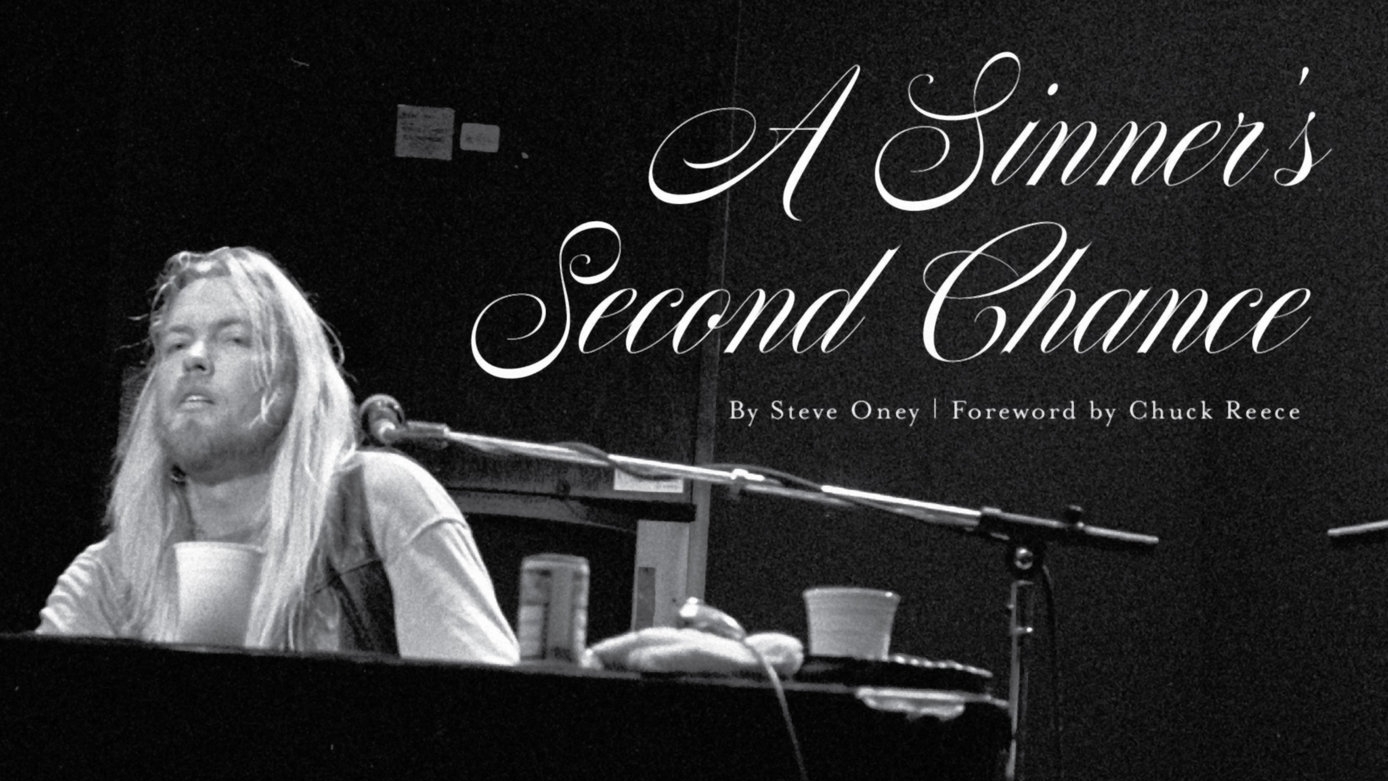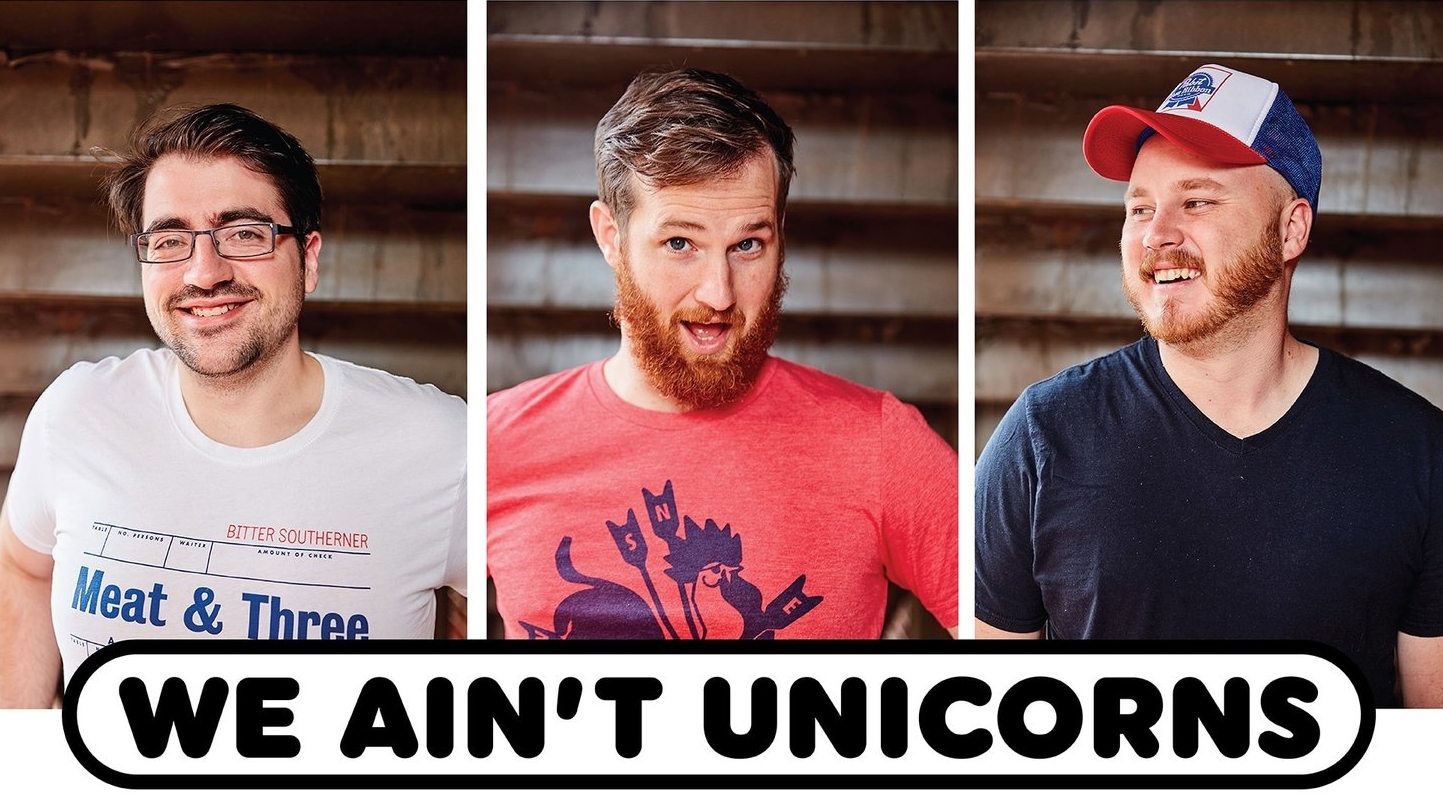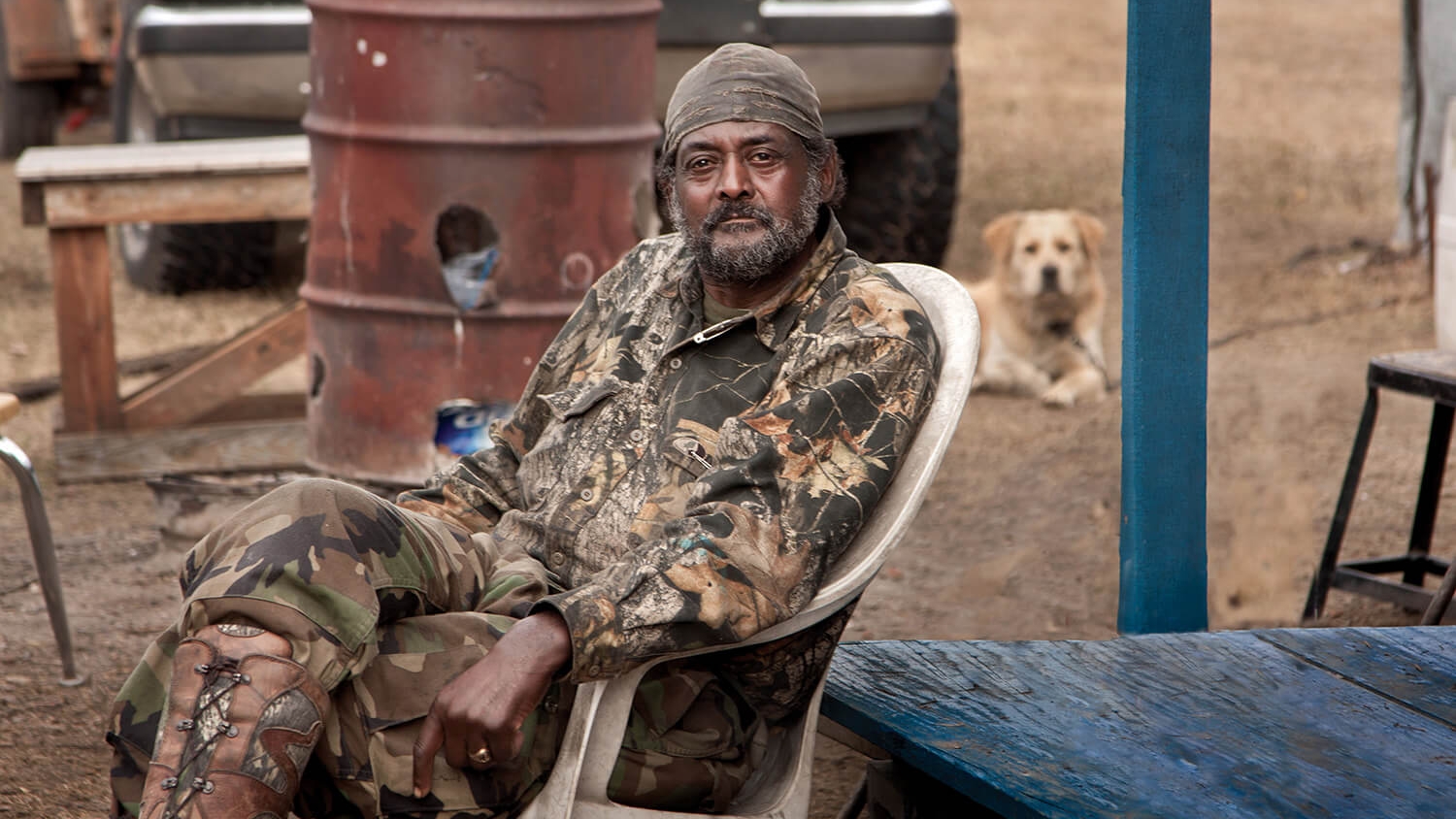Our Top Stories of 2017
“It’s not just the Panthers. The FBI says busloads of white crazies are coming in from all over the country — to mix with the crowd and attack all at once, from every direction.”
— Hunter S. Thompson, “The Kentucky Derby Is Decadent and Depraved,” 1970
It’s been a weird year, this 2017.
It’s been 47 years since the words above were written by my personal favorite son of Louisville, Kentucky — the journalist Hunter S. Thompson, may he finally be at rest. In 1970, when he famously invented “gonzo journalism” with that mind-warping dive into the pretensions of his hometown’s biggest event, Thompson had to make stuff like that up to juice his stories. He would tell a stranger named Jimbo in a Louisville airport lounge the Black Panthers and “white crazies” were destined to clash on the infield of Churchill Downs — just so he could write about Jimbo’s reaction.
Jimbo's response, if you're curious, was, “Oh … Jesus! What in the name of God is happening in this country? Where can you get away from it?”
What once was gonzo now feels a little too close to the truth. Even the truth itself feels under attack.
If it is The Bitter Southerner’s job to assess how the South might change from 2017 onward, I have concluded the best method is to look directly back at you.
By you, I mean everyone who reads this publication. You folks make up an interesting group. Many Americans believe people like you do not exist. You are a group of Southerners who reject "Old South" mythology. You know the Civil War was fought over slavery, because you are educated enough to know the phrase “states’ rights” appears in exactly none of the Confederate states’ secession declarations. You are a group of Southerners who like mixing things up across cultural lines. You are a group of Southerners who just think differently than most folks believe Southerners think.
So, when we look back at the issues you were most interested in reading about in 2017, it helps us understand your concerns. Looking back at the 10 most widely read feature stories of the year, here is how I would sum it up:
You are most concerned about how different groups in the South fail to understand each other — and you are eager to figure out how to make things better. You are concerned about civil justice, all the way down to sidewalk level. You still manage to take joy in odd little corners of our region. And you are sad we lost a few of the South’s finest musicians this year.
We know we throw many words at you every year, so we hope, as things slow down over the next week or so, you might find the time to read or revisit these highlights from The Bitter Southerner’s year. They are presented below in chronological order.
The Bitter Southerner wishes you quiet moments, a holiday filled with family and friends, and a new year that is a little happier and a little less trying than 2017.
– Chuck Reece
“Good Luck, Morons”
Story by Sara Estes | Photographs by Tamara Reynolds
Nashville photographer Tamara Reynolds was one of The Bitter Southerner’s earliest contributors, and we have learned since then how Tamara throws her entire heart into every story she wants to tell with her camera. She pestered me for months, telling me that a foot race I’d never heard of at the time — the Barkley Marathon in East Tennessee — should be a story for us. She teamed up with writer Sara Estes to come back with a remarkable story about this insane 100-mile race through the East Tennessee mountains — and about the man behind it, a mysterious character named Lazarus Lake.
“One Year in Helvetia, West Virginia”
Story by Emily Hilliard | Photographs by Gabe DeWitt | Video by Coat of Arms
This story was more than a year in the making. Emily Hilliard, the founder of the West Virginia Folklife Program based at the West Virginia Humanities Council, came to us wanting to document an entire year in one of the South’s most interesting small towns — Helvetia, West Virginia, population 59. In a high mountain valley “an hour from anywhere,” the little town sustains the traditions of the Swiss immigrants who settled there in 1869. Emily gave us a glorious look at Helvetia’s seasonal celebrations — and a deep understanding of how this isolated community draws strength from its land, its history, and its people.
“Digging in the Trash”
Story by David Joy | Photographs by Ashley T. Evans
We found this story thanks to a little trick I play. Every few months, our favorite hometown indie bookstore, A Cappella Books, asks me to interview Southern novelists at events around Atlanta. In March, I interviewed the North Carolina writer, David Joy, about his second novel, the essential “The Weight of This World.” After the event, I played my trick: Every time I interview a fiction writer, I say, “If you’ve ever got a nonfiction essay you’re interested in publishing, let me know.” The next week, “Digging in the Trash” arrived in my email. The story landed on The New York Times’ “What We’re Reading” list, not just once, but twice. Times journalist Kim Severson said, “It’s the prettiest thing you will read about ‘us and them,’ ‘class and trash,’ and the power that comes from listening.” And we were pleased to learn David’s publisher, Putnam Books, will include this story as a postscript in the paperback edition of “Weight,” which comes out next June.
“A Sinner’s Second Chance”
Story by Steve Oney
When Gregg Allman lost his fight with cancer in May, we were overjoyed when Steve Oney offered us the chance to republish this beautiful profile of Allman he wrote for Esquire magazine in 1984. Oney, a Georgia native, has been one of the nation’s finest magazine journalists since forever. In the piece, Oney writes, “No matter what toll the past years have taken, Allman is still the blackest white boy ever to sing about being done wrong.” Allman had 33 more years of life after that story, but Oney’s assessment remained true until the end. No story ever plumbed Allman's deep knowledge of African-American music as deftly as Oney's.
“We Ain’t Unicorns”
Story by Chuck Reece | Photographs by Caleb Chancey
The Bitter Southerner never expected a trio of comedians to be so perfectly aligned with the messages we try to convey. But when Trae Crowder, Drew Morgan, and Corey Ryan Forrester hit the road together as “the liberal rednecks,” they hit, and they hit hard. As Crowder told me, "It's real Southern culture, as opposed to the caricature that you usually see in popular media. We saw that happenin' in other avenues but not in comedy at all.” Over the last year, the trio has graduated from comedy clubs to larger concert halls in many cities around the country, and their stars seem destined to keep rising.
“As Loud as a Bomb”
Words and Photographs by Pat Jarrett | Introduction by Check Reece
When neo-Nazis and protesters clashed in Charlottesville, Virginia, in early August, we watched the whole sad affair unfold on television. It ended, of course, in the death of protester Heather Heyer, when a neo-Nazi rammed his automobile into a crowd of protestors. Just last week, prosecutors raised the stakes by upgrading the charge against James Fields, allegedly the driver of the car that killed Heyer, to first-degree murder. But on that day in August, we saw a Facebook message from a BS contributor named Pat Jarrett, who was standing a mere 10 feet away when Heyer was killed. On Sunday, we connected with Pat and two days later we published this story, in Pat’s own words and his photographs.
“The Black Belt in Color”
Photographs by Jerry Siegel | Words by Laura Relyea, Stephanie Dowda, and Chuck Reece
Some of the most iconic images of the American South’s have been shot in that swath of South Alabama known as “the black belt,” named so not for its predominantly African-American population, but for the richness of its soil. But both Walker Evans and William Christenberry, the most noted photographers of the region, have left this mortal coil, Evans in 1975 and Christenberry just a year ago. The man who has been walking in their footsteps for decades is named Jerry Siegel, a Selma, Alabama, native who published a book of his life's work (so far) called “Black Belt Color.” We were delighted to run this photo essay in conjunction with a long interview with Siegel published simultaneously by ArtsATL.com. Siegel’s photographs remind us vividly how Southerners see our region differently and more fully than folks from away.
“Can’t Get There From Here”
Story by Emma Sarappo | Photographs by Audra Melton | Illustrations by Gentleman
Emma Sarappo was one of The Bitter Southerner’s interns this summer, and she’ll soon be finishing her journalism studies at Northwestern University. A Tennessee native, Emma convinced us that the disrepair of sidewalks in many Southern cities — and the obstacles that poses to folks who must navigate the world from wheelchairs — was a story worth our attention. We were a little slap-happy to see how widely her piece circulated, not only in the South, but also nationwide. Emma is a young journalist who knows how to report a story doggedly, and we see a bright future for her. And heaven knows the South needs more enterprising journalists.
“Into the Perilous Night”
Story by Patterson Hood | Photographs by Russell Kaye
In late summer, we received a call from Patterson Hood, a co-founder of the long-running Alabama rock band Drive-By Truckers. “I have something I think I need to write for y’all,” he said. What Patterson wanted to do was examine the three years since he wrote a song called “What It Means,” in the wake of the protests in Missouri following the shooting of an unarmed black man, Michael Brown, by local police. The song includes the line, “If you say it wasn’t racial when they shot him in his tracks, I guess that means that you ain’t black.” A year later, the song became the anchor of his band’s most successful album ever, and soon venues all over the world were witnessing a white rock band from the South performing with a Black Lives Matter banner onstage. Hood writes, “I have never believed a song could change the world. But perhaps a song can provide an outlet for emotion, a tonic for the troops.” It can, that one did, and this is the compelling story of how all that happened.
“Kings of the Confederate Road”
Story by Maurice Carlos Ruffin and Tad Bartlett | Photographs by L. Kasimu Harris
Since this spring, New Orleans’ L. Kasimu Harris, equally talented as a writer and a photographer, has written The Bitter Southerner’s Southern Food column. When the removal of the statue of Confederate Gen. Robert E. Lee was scheduled in New Orleans, Kasimu hit me up with a strange idea. Maurice Carlos Ruffin, an African-American writer born and raised in New Orleans, and Tad Bartlett, a white New Orleans-based writer who was born and raised in Selma, Alabama, wanted to take a road trip from the Crescent City up to Selma. They wanted to ponder together exactly what it means when we talk about “Southern heritage,” and Kasimu would travel with them, making photographs along the way. I know I never said no to their pitch, but I do not remember saying yes, either. They did it anyway. And when we received their story, we knew instantly it would be critical to you, our readers. A running dialogue between a black Southerner and a white one, both willing to wrestle with our region’s past, it was one of the most unusual and moving stories we’ve ever published.












